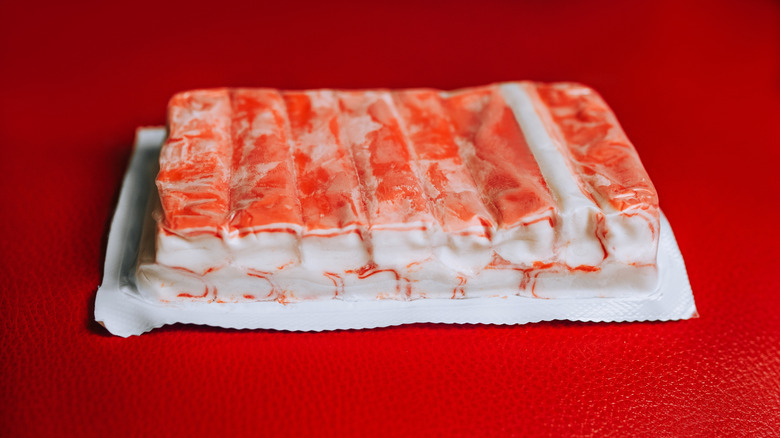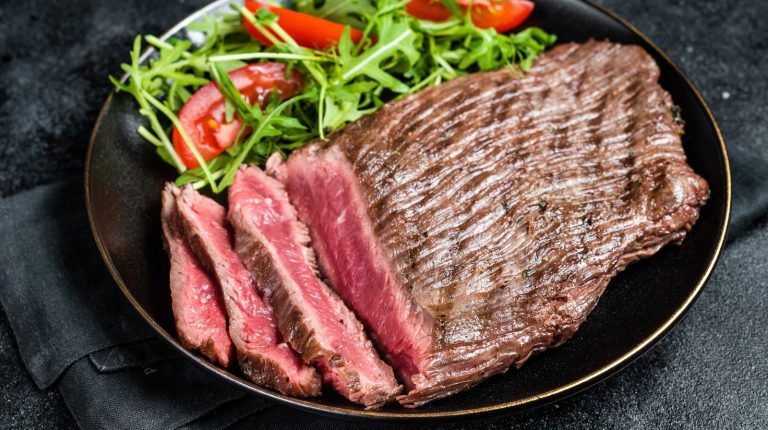Imitation crab might not have any real crab in it, since it consists of a white fish mixture known as surimi. So, what is imitation crab? It’s a seafood-derived product, and it’s very, very perishable. This crab alternative, which was created in the 1970s in Japan, is typically sold in the refrigerated section of your grocery store, and as such, it must remain refrigerated when you bring it home, both before opening and after (it shouldn’t be left out at room temperature for longer than two hours in either case).
Imitation crab can stay in its original packaging as long as it remains unopened, but once you’ve broken into it and started to use it, that will no longer suffice. Instead, it should be kept in an airtight container, whether that’s a glass or plastic leftovers container with a secure lid or zip-top food-safe bag. Once opened, imitation crab can last up to four days as long as it’s continuously kept refrigerated, but it’s recommended you eat it as quickly as possible.
Yes, you can store imitation crab in your freezer
Sometimes imitation crab can actually be purchased from the store frozen, but even if you purchased a refrigerated type, you can stash it in the freezer as soon as you get home, or freeze what’s left of an opened package. Imitation crab is good for up to nine months in the freezer before its quality may begin to deteriorate.
If you’re freezing an unopened package, you can just place that in the freezer, though it might help the quality stay better longer if you also put it in a freezer-safe bag. For an opened package of imitation crab, if it’s not in one already, you’ll want to move it to an airtight container just as you would for refrigeration. However, it might make more sense to place it in several containers, with however much you deem a serving, so you don’t have to thaw all of it at once when you just want a little in the future.
To thaw, you should place it in your refrigerator and let it defrost overnight. However, smaller amounts of imitation crab can thaw more quickly than larger amounts, so this is another reason why you might want to freeze individual portions. Once it’s thawed, you can get to making those crab rangoon nachos or mini sushi bake cups.
Signs your imitation crab is going bad
Even when storing imitation crab properly, it’s important to recognize the signs that it is starting to go bad, so you don’t end up mistakenly eating some (your taste buds will absolutely revolt). Luckily, it’s fairly obvious when this product starts to spoil, starting with the smell as soon as you open the container. Fresh imitation crab has a light, slightly fishy scent that is not overpowering. Once it has begun to turn, it can develop a pungent, sour odor that smells like, well, rotting fish.
Your sense of sight will also tell you when the imitation crab needs to hit the trash. It’s typically white and bright orangey-red, but when the color has begun to lose its vibrancy and go dull, even starting to go grey or brown, you’ll want to think twice before eating it. There is also the texture to consider, as fresh imitation crab is solid and dry. If it’s reaching the end of its shelf-life, it can start to turn to mush and/or develop an unappetizing slime.






